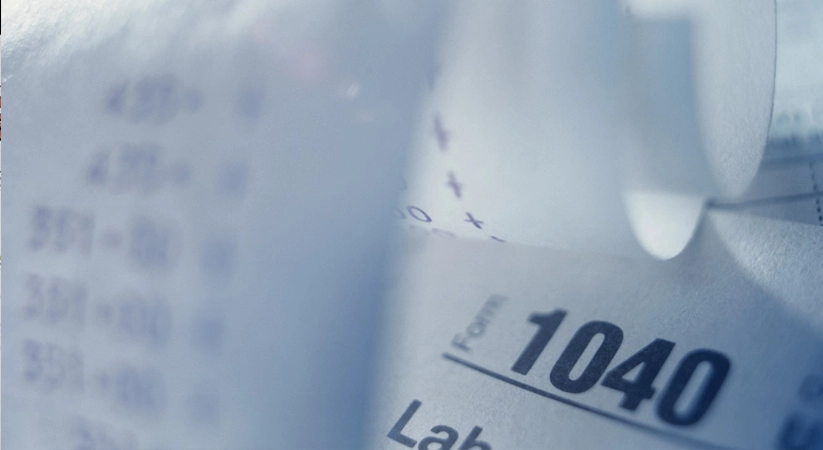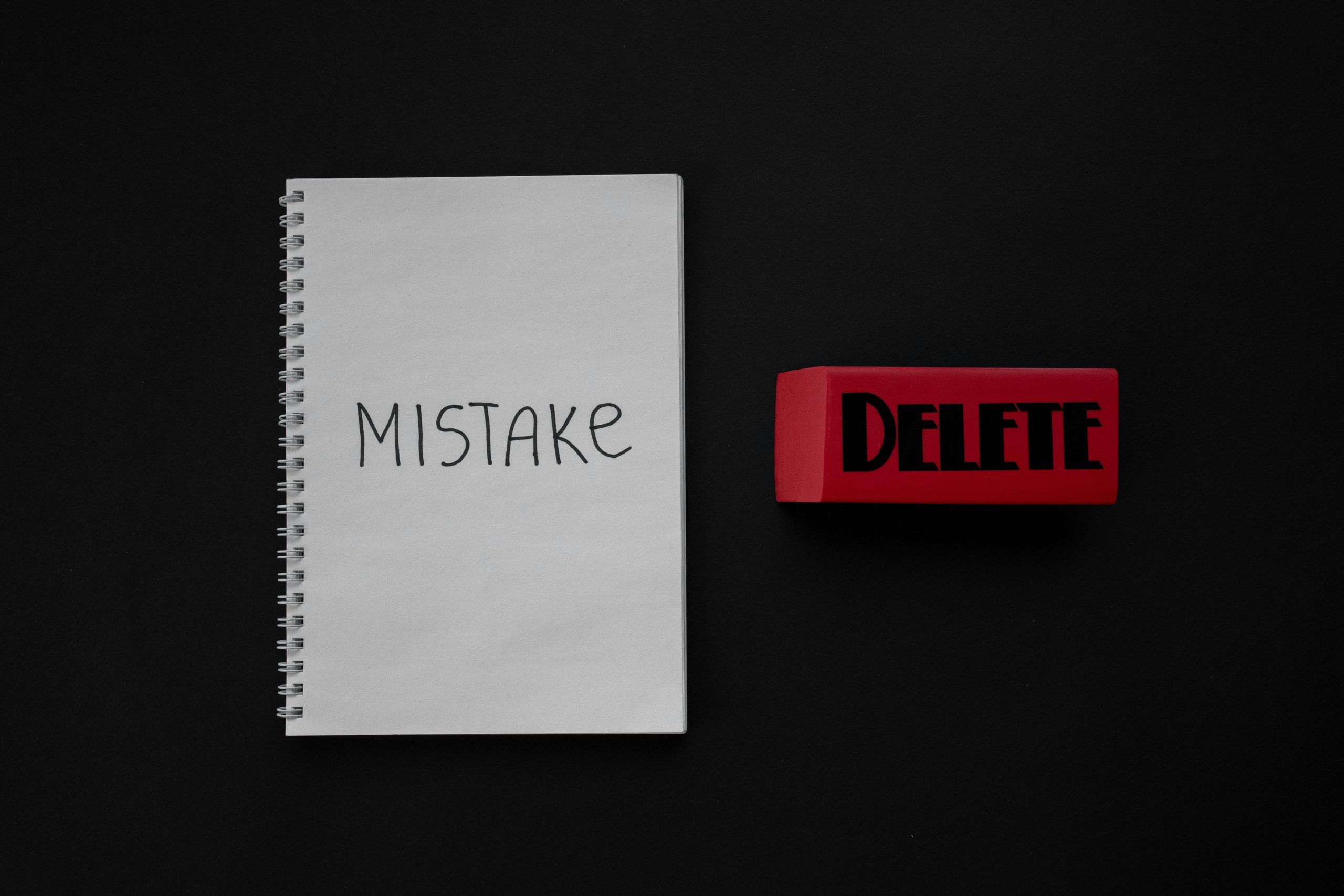How to Get a Tax Refund
Published:
Get a Bigger Refund, Avoid a Delayed Refund, & Check Your Refund Status
What is a tax refund? A Federal tax refund is basically a refund from the IRS because you paid more in taxes than you owed for the year. This can happen if too much money is withheld from your paychecks (called withholding tax) and it adds up to more than your total tax liability for the year.
You can control your tax refund amount by managing your withholding tax properly. In general, the more money that is withheld from your wages throughout the year, the greater your tax refund may be because you’ve essentially overpaid the IRS.
While everyone likes to get a tax refund, you should keep in mind that you’re only getting back the money you earned that year. A tax refund is basically an interest-free loan that you gave to the IRS! On the other hand, if too little is withheld from your wages, you will likely owe more tax at the end of the year because you have underpaid the IRS. Additionally, you may be subject to penalties and interest charges for under-withholding.
For most taxpayers, it’s recommended that you try to match your withholding tax as close to your actual tax liability as possible. While you cannot avoid withholding tax altogether, you can control the amount that is withheld from each paycheck when you fill out your W-4 Tax Form.
Tips for Getting a Big Tax Refund
There are many taxpayers who, after filing their returns, ask “Where’s my refund?” only to find out that they aren’t eligible for a tax refund. A tax refund is issued when the amount of income tax that you paid is more than what you actually owed for that year. Of course, everyone wants to get a tax refund — and while a refund is never guaranteed, there are some things you can do to better your chances of receiving a check from the IRS. The following tips can help you increase the odds of getting a tax refund and avoid confusion over the “where’s my refund” question.
Tax Refund Tip #1: Plan Ahead
Don’t wait until the last minute to prepare your taxes and file your income tax return. If you’re pressed for time and you rush through the filing process, you could end up making mistakes that cost you a tax refund. Additionally, taxpayers who submit their returns at the last minute (on or near the April 15th deadline) should be prepared for a longer wait. The longer you wait to file, the longer it will take the IRS to process your return and you may be left wondering “where’s my refund?” Additionally, if you file a paper tax return, you should be prepared for a longer wait than if you e-file your tax return.
Tax Refund Tip #2: Check Your Withholding
Make sure you are withholding enough on your W-4 Tax Form (Federal Employee’s Withholding Allowance Certificate), as well as from your state taxes during the year. Although it sounds simple enough, many taxpayers overlook this factor and just end up asking “where’s my refund?” Whether you work for a company or you’re self-employed, you are in charge of paying your taxes as the year goes by. Employees may want to adjust their withholding if they have owed additional money in the past, but would like to get a refund the next year. Those who are self-employed should concentrate on calculating and remitting their estimated tax payments. While under-withholding can leave you with little (or no) tax refund, over-withholding can be unfavorable as well. Over-withholding taxes to receive a large tax refund is not recommended since you’re basically recovering money that you could have been using (and earning interest on) during the year.
Tax Refund Tip #3: Claim Tax Breaks
Take advantage of any tax credits and/or tax deductions that you qualify for. If you don’t claim the available benefits, you will end up paying more taxes than necessary. Additionally, your chance of receiving a tax refund will decrease – or may even disappear. You don’t want to ask “where’s my refund?” and then discover that you’re not getting one because you failed to claim the tax breaks you are eligible for.
Tax Refund Tip #4: Maximize Your IRA Contributions
You have until April 15 (of the year in which you are filing) to make contributions to your Individual Retirement Arrangement (IRA). This means that any money you contributed during the tax year could help decrease your overall tax liability. It is always a good tax strategy to focus on lowering your tax liability and keep more money in your pocket.
Tax Refund Tip #5: Hire a Tax Professional
For many people, filing an income tax return can be complicated and confusing. Hiring a professional tax preparer can help ease your mind and increase your chance of receiving a tax refund. A tax professional can help you understand how to decrease your tax liability within the limits of the tax code. However, once your return has been filed, the tax professional isn’t going to know where your refund is. Instead, you will need to contact the IRS yourself (online, by phone, or via Smartphone) to check the status of your federal tax refund. In addition, the method you used to file your tax return can have an impact on the “where’s my refund” question. If you filed electronically (“e-filed”) and chose the Direct Deposit option, you can expect to get your tax refund faster — usually within 21 business days after the IRS acknowledges receipt your return. On the other hand, if you mailed in a paper tax return and you’re requesting a paper check, you will have to wait longer to receive your tax refund (possibly up to 8 weeks).
Things That Can Delay Your Tax Refund
Receiving a tax refund is a great relief for many taxpayers, but this anticipated excitement can turn sour if your refund is delayed. There are many factors that can contribute to a delayed tax refund. Rather than wasting time and blindly asking, “Where’s my refund?” you should consider the potential reasons for the holdup. Many taxpayers pondering the “where’s my refund” question do not realize that their tax return may be the problem. If there are any errors on your return, that will hinder your refund. Additionally, tax returns that are filed by paper and tax refunds that are requested by check generally take longer to process (than their electronic counterparts).
Here are some reasons why your tax refund may be delayed:
Reason #1: You Filed a Paper Tax Return
There are many people who mail in their tax returns instead of filing electronically. While it won’t affect the amount of your tax refund, it will affect how long it takes the IRS to process your return. If you went to the Post Office to submit your tax return, you will likely have to wait six to eight weeks before being able to ask “where’s my refund?” On the other hand, taxpayers who file electronically and choose the Direct Deposit option may receive their refunds in as little as three weeks. As a result, most people who e-file their taxes are able to avoid frustration over the “where’s my refund” question.
RELATED: The Pros & Cons of E-Filing Taxes
Reason #2: There’s Missing or Incorrect Information On Your Tax Return
If you’re wondering where your tax refund is, double-check to see if you omitted any important information or made a mistake on your tax return. Any errors on your tax return will cause it to be processed slower. You may have to submit an amended return (IRS Tax Form 1040X), which will delay your refund even more. Make sure that your personal information is correct and your calculations add up before submitting your tax return. Otherwise, you will most likely have to contact the IRS to straighten things out.
Reason #3: There Are Math Errors On Your Tax Return
Computation errors related to estimated tax payments, taxable income, or withholding tax can delay processing and leave you wondering “Where’s my refund?” It is important to make certain that your tax return is 100% accurate and true. Every year, thousands of people make math mistakes on their tax returns, which makes it more difficult for the IRS to process their tax refunds.
Reason #4: You Mailed Your Tax Return to the Wrong Address
If you are mailing in your tax return, it is essential that you send it to the proper address or you may find yourself asking, “Where’s my refund?” Remember that the IRS is a huge organization with multiple mailing addresses (depending on the type of tax form and the type of entity filing). Also note that your state tax return must be sent to your state’s revenue department, not the IRS. To avoid aggravation over the “Where’s my refund” question, double-check your return for errors and consider filing electronically for faster processing. It is also very important to make sure that the IRS has your correct address on file, or the arrival of your tax refund will be delayed.
RELATED: IRS Mailing Addresses for 1040 Tax Returns
For taxpayers whose refunds were lost or stolen, they are not out of luck either. The IRS will help you obtain a replacement check if your tax refund has been verified as lost or stolen. However, don’t jump the gun and assume that your check disappeared just because a few weeks have gone by. Keep in mind that many others are trying to find out where their refunds are too, and the Post Office can get extremely busy during tax season.
How to Track Down Your Tax Refund
Every year, millions of taxpayers start to ask, “Where’s my refund?” Often times, people try to find out where their refund is before the IRS has had a chance to process their tax return. While everybody wants to receive their tax refund as quickly as possible, that doesn’t always happen. Remember that you are not the only person waiting for a tax refund.
What method did you use to file your personal income tax return? How did you choose to receive your tax refund? The answers to these questions will help you solve the “Where’s my refund” issue. If you filed electronically and chose Direct Deposit, you can expect your tax refund faster (usually within 21 business days after the IRS receives your return). On the other hand, if you mailed in your tax return and/or you’re requesting a paper check, it is going to take much longer. This information can help you decide when it is time to dig deeper into the status of your refund.
RELATED: When Will I Get My Federal Tax Refund?
IRS “Where’s My Refund?” Online Tool
The IRS has an electronic system in place for taxpayers to check their Refund Status. This is an online tool that can help you determine the status of your tax refund from the comfort of your personal computer.
The IRS offers a standard response to taxpayers who inquire about when they should expect to get their tax refund: “The IRS issues more than 9 out of 10 refunds to taxpayers in less than 21 days.” This means that you will probably receive your federal refund within 3 weeks of filing your tax return.
If you file a paper tax return, the IRS will typically be able to issue your tax refund within 6 to 8 weeks after receiving your return. If you file your tax return electronically (also known as “e-file”), it will be processed faster in the IRS system, which means you can expect to receive your tax refund faster as well — usually within 3 weeks.
To use the Where’s My Refund system, you will need several key pieces of information from your personal income tax return – this includes your filing status, Social Security Number, and the exact whole dollar amount of your tax refund. Without this information, you cannot use the Where’s My Refund system to access your data and you will probably have to wait and hope that your tax refund arrives soon enough.
Call the IRS to Check the Status of Your Tax Refund
Another option for checking the status of your refund is to call the IRS Refund Hotline (800-829-1954). Make sure you are prepared to provide your Social Security Number (SSN), filing status, and tax refund amount (in exact whole dollars).
RELATED: Contact the IRS
Use Your Smartphone to Check the Status of Your Tax Refund
If you have a smartphone, you may want to consider downloading the free IRS2GO application. This application allows you to communicate with the IRS and check the status of your tax refund all from your mobile device. Apple customers can download “IRS2GO” from the Apple App Store. Android customers can download “IRS2GO” on the Android Marketplace. Note that you will need to enter your Social Security Number (SSN), filing status, and tax refund amount (in exact whole dollars) to access your information.
RELATED: How to Check Your State Tax Refund Status



